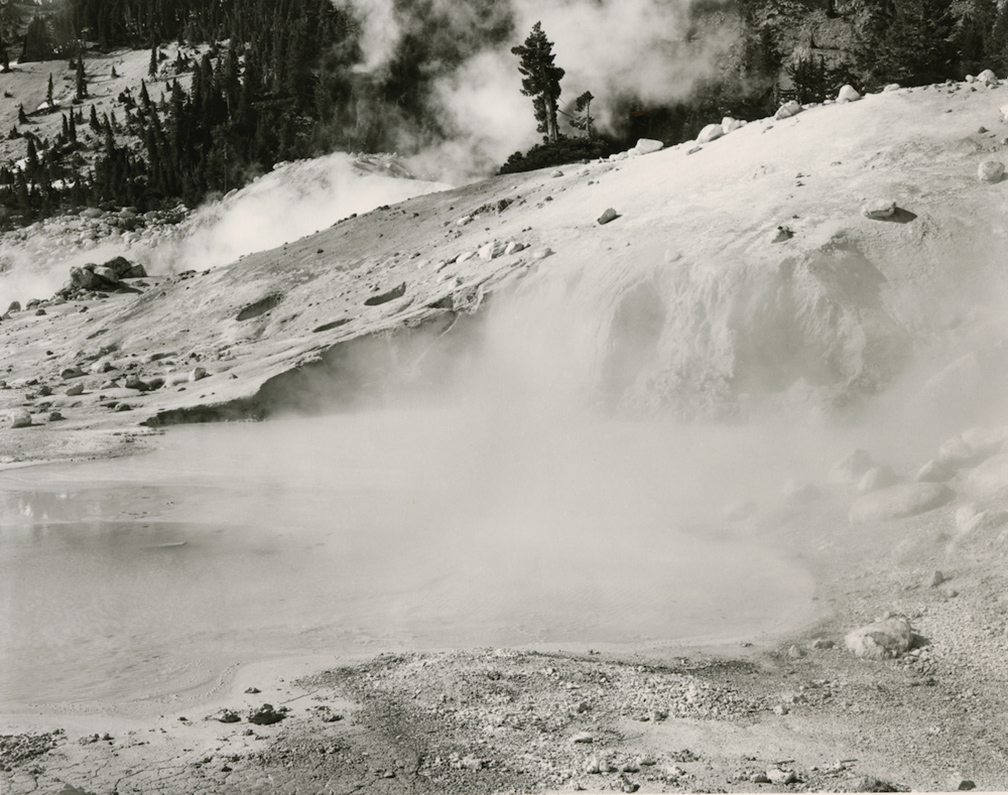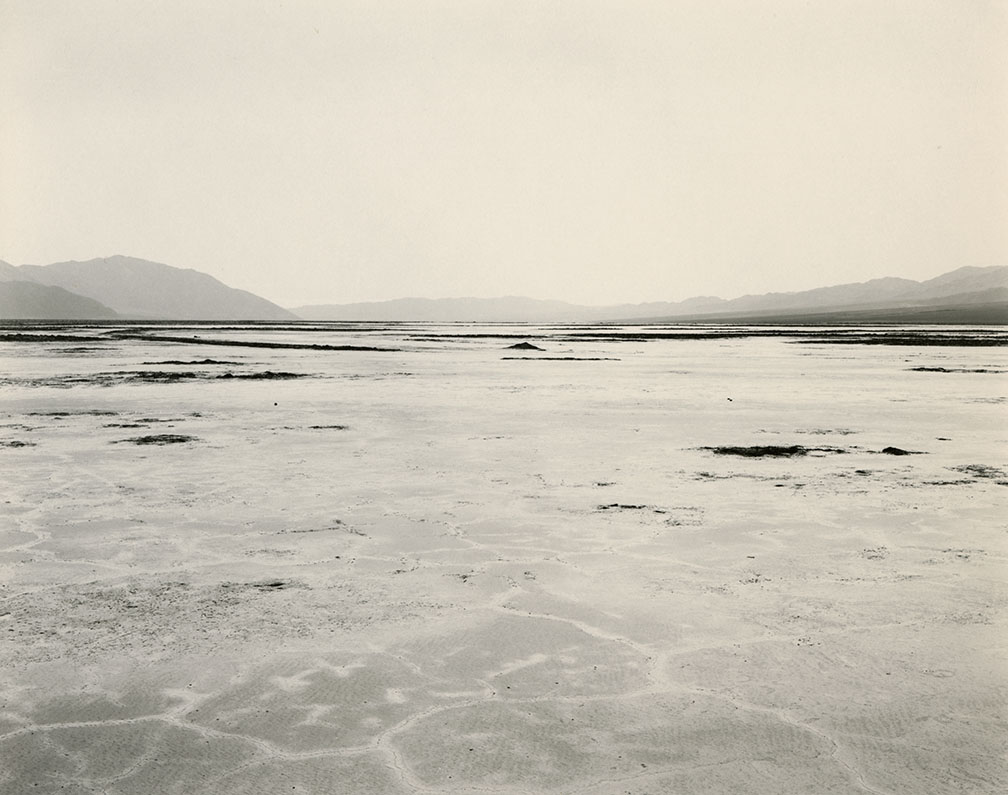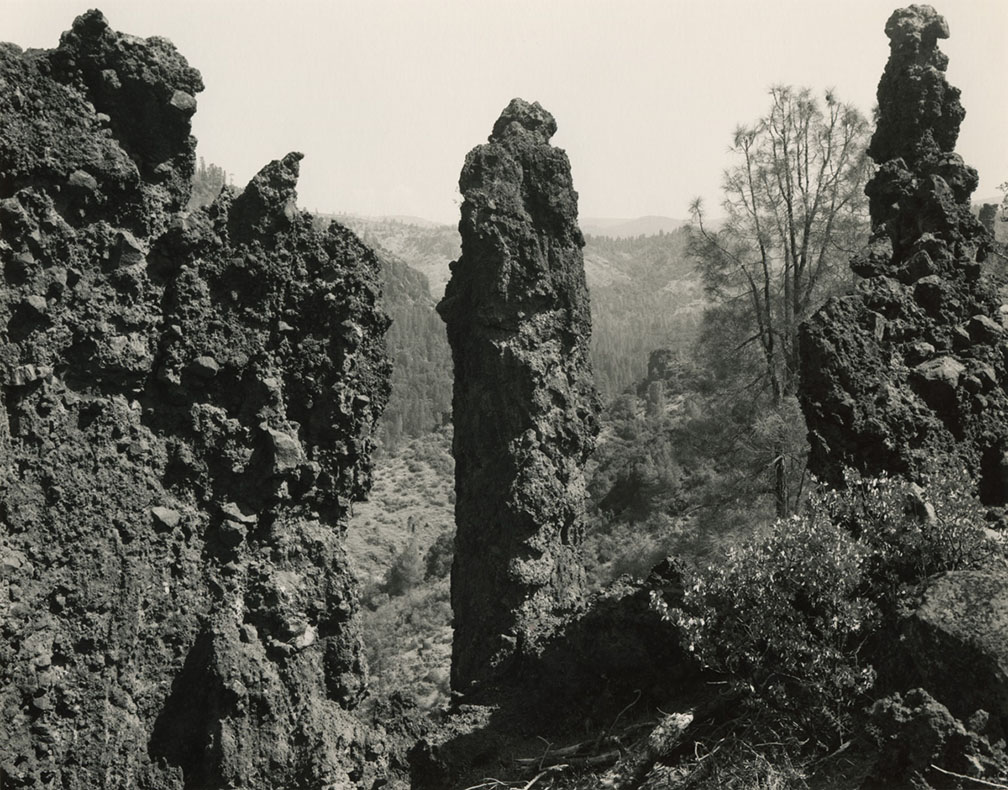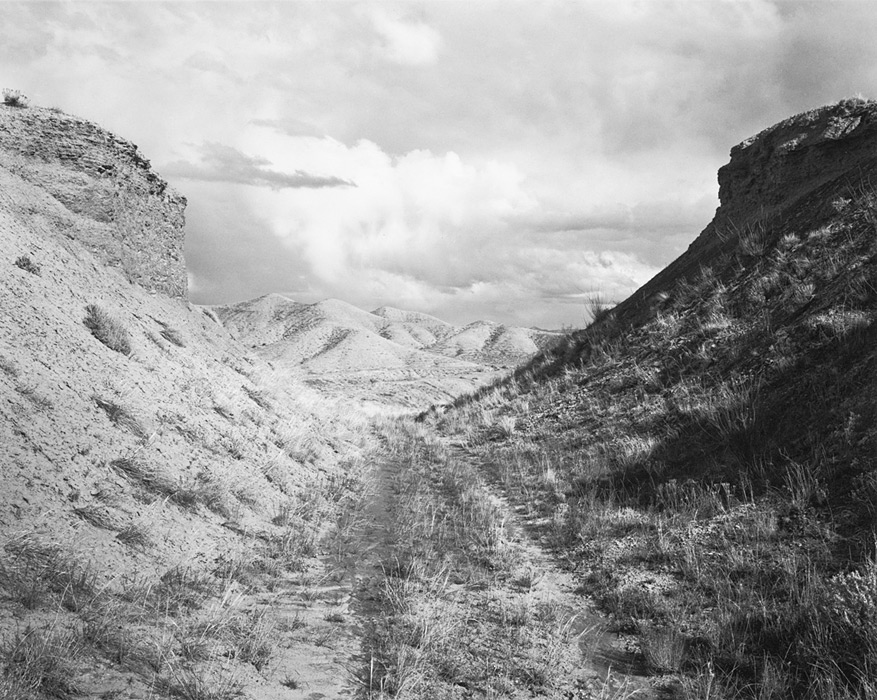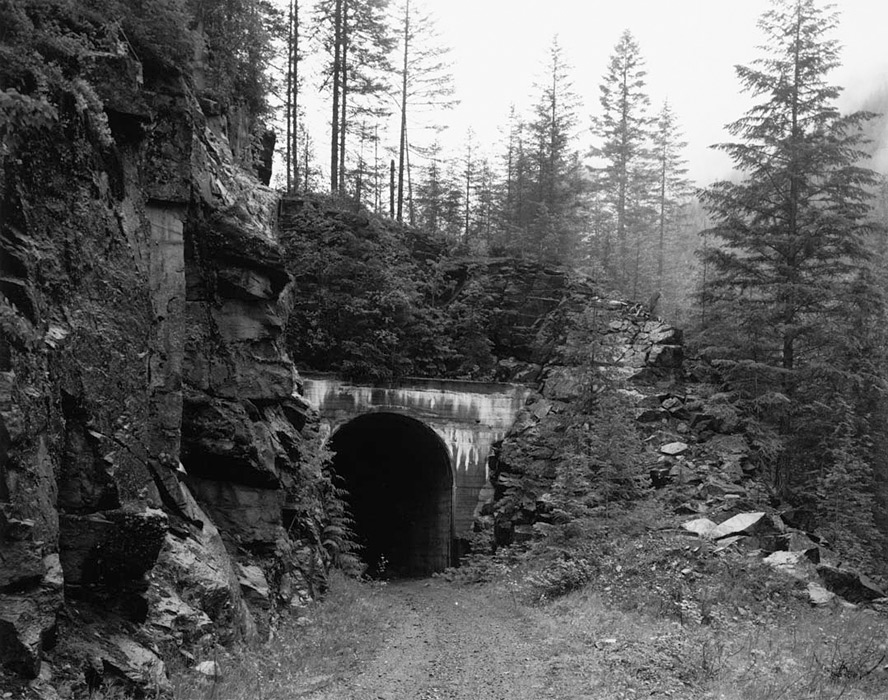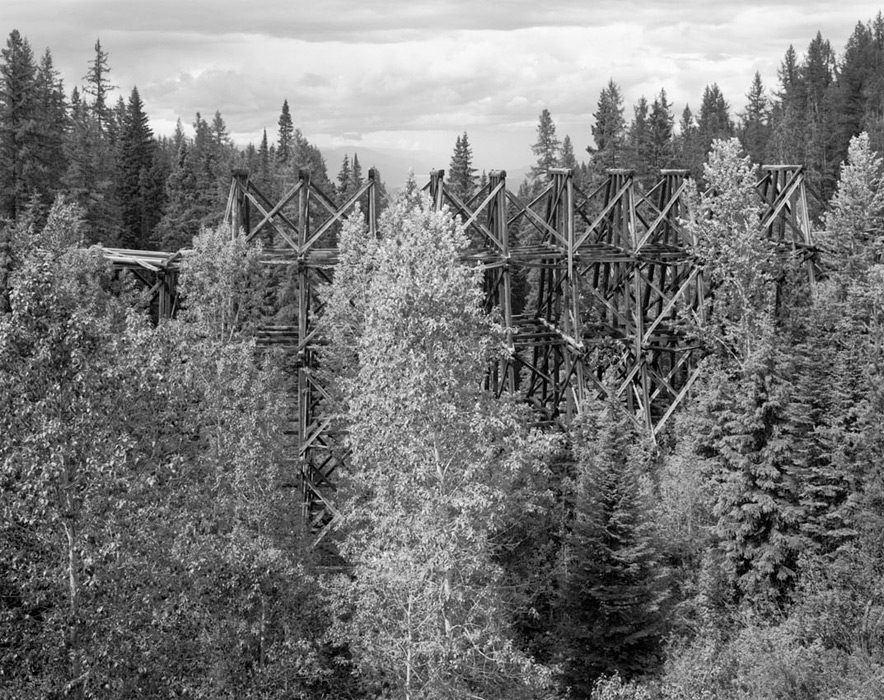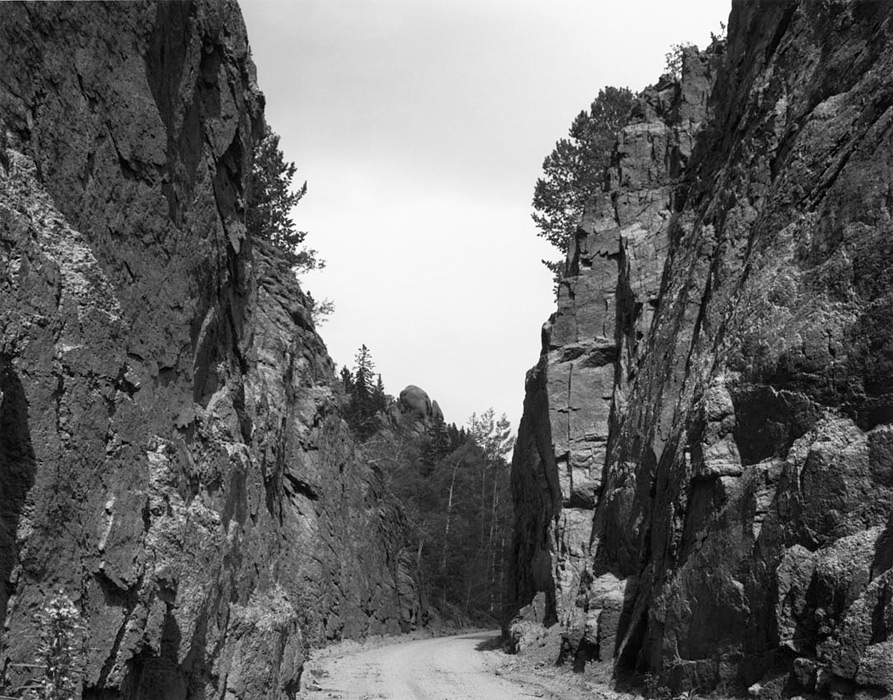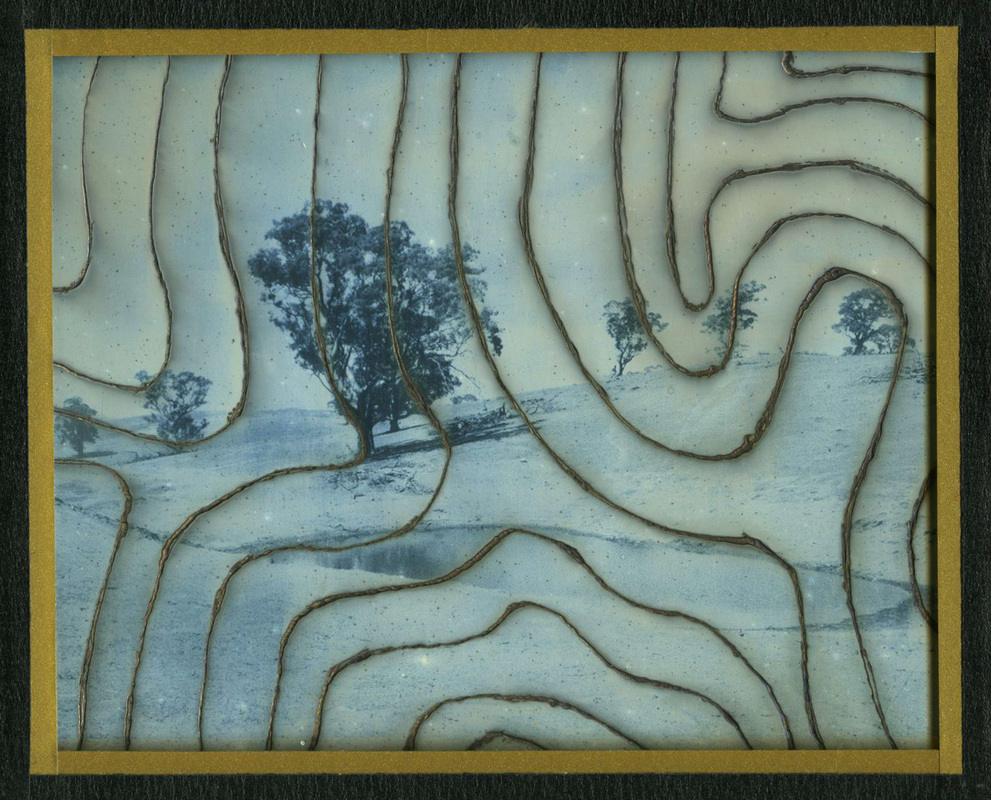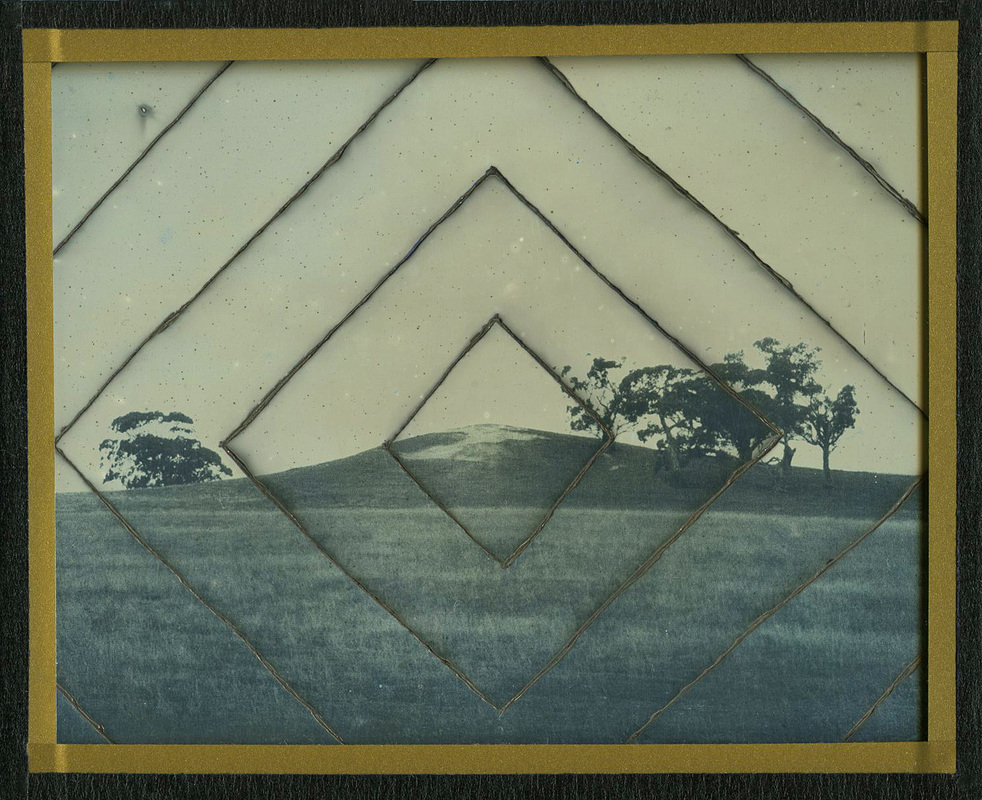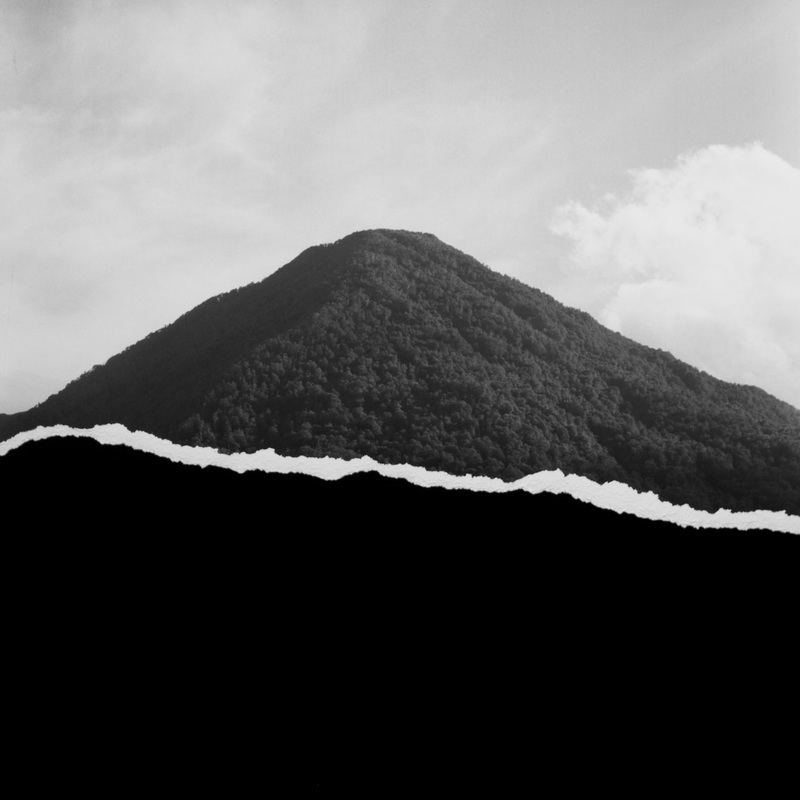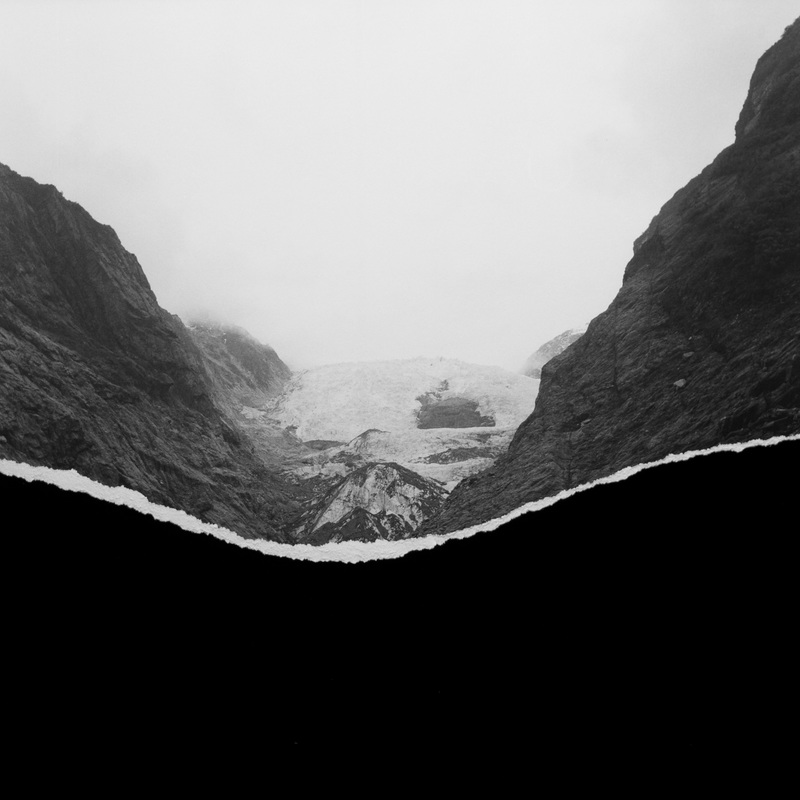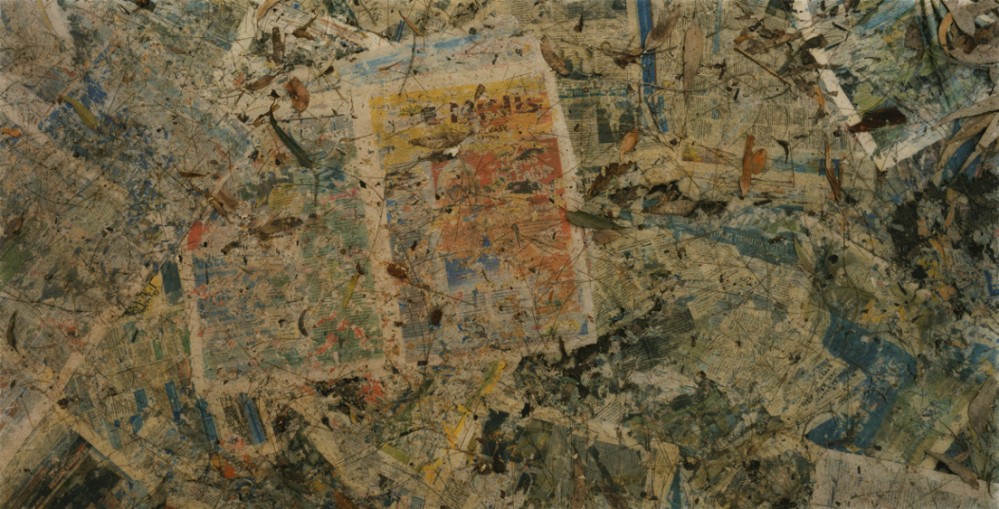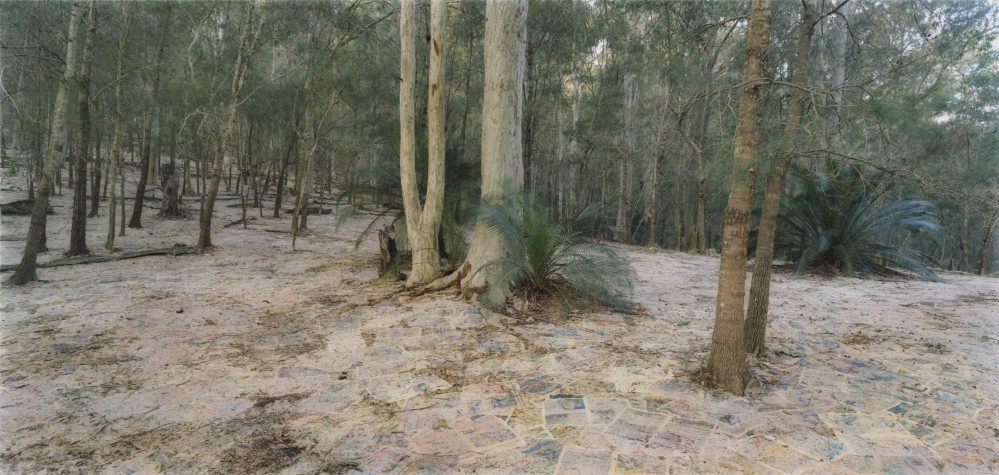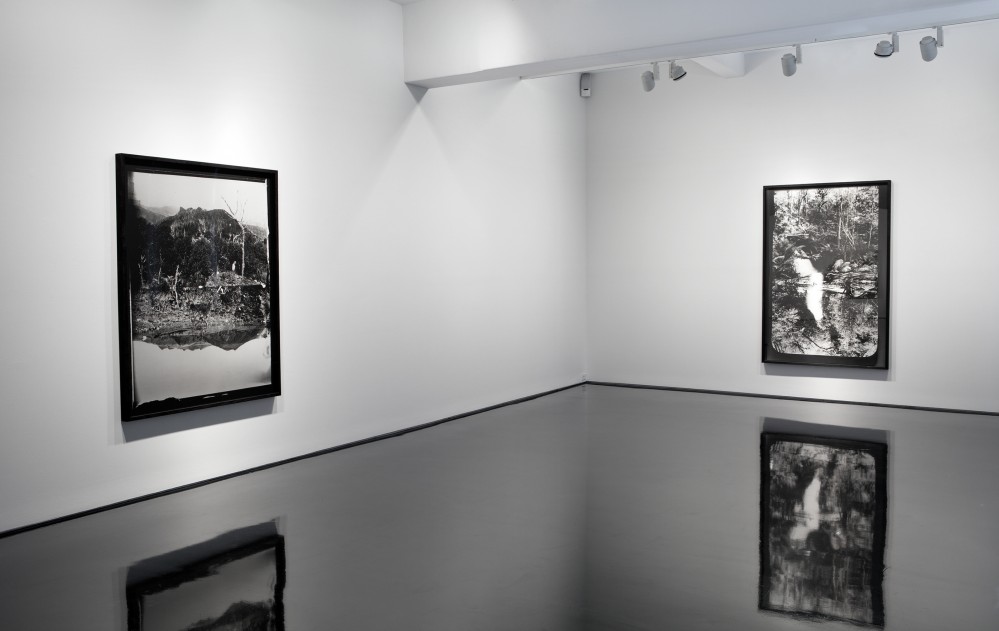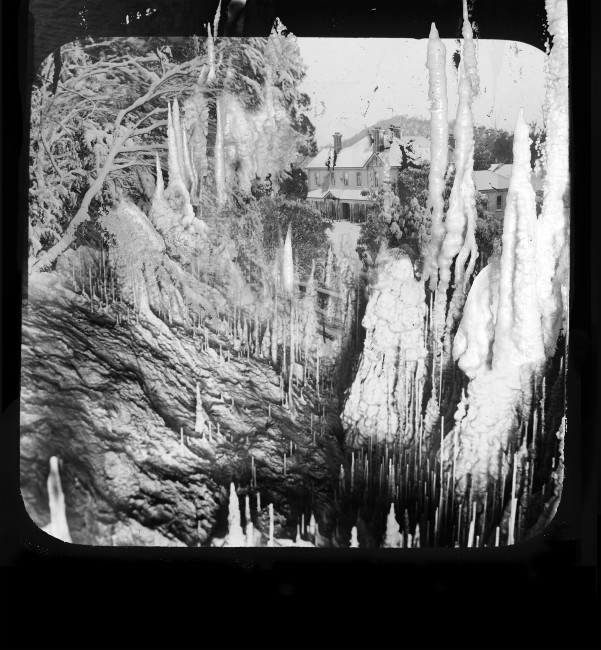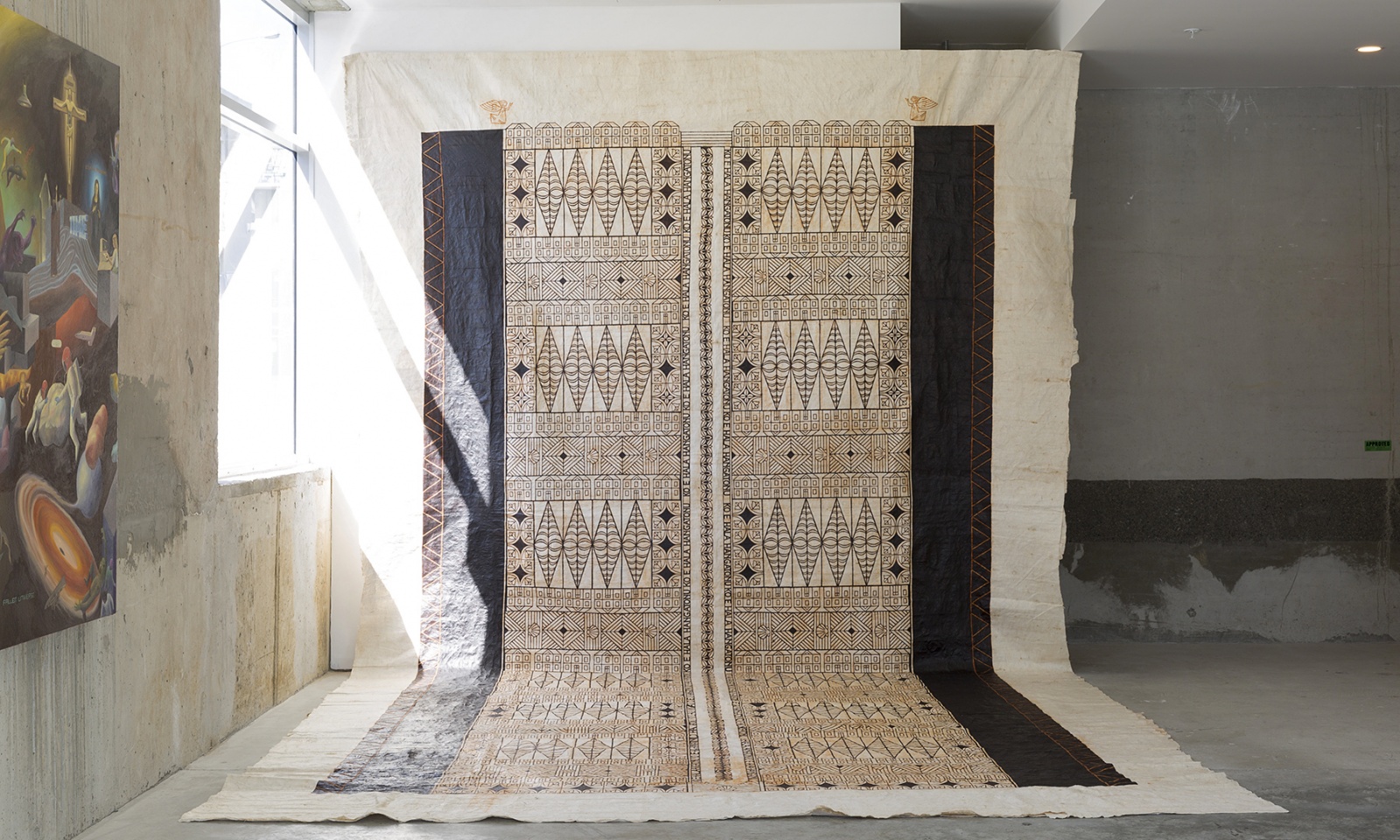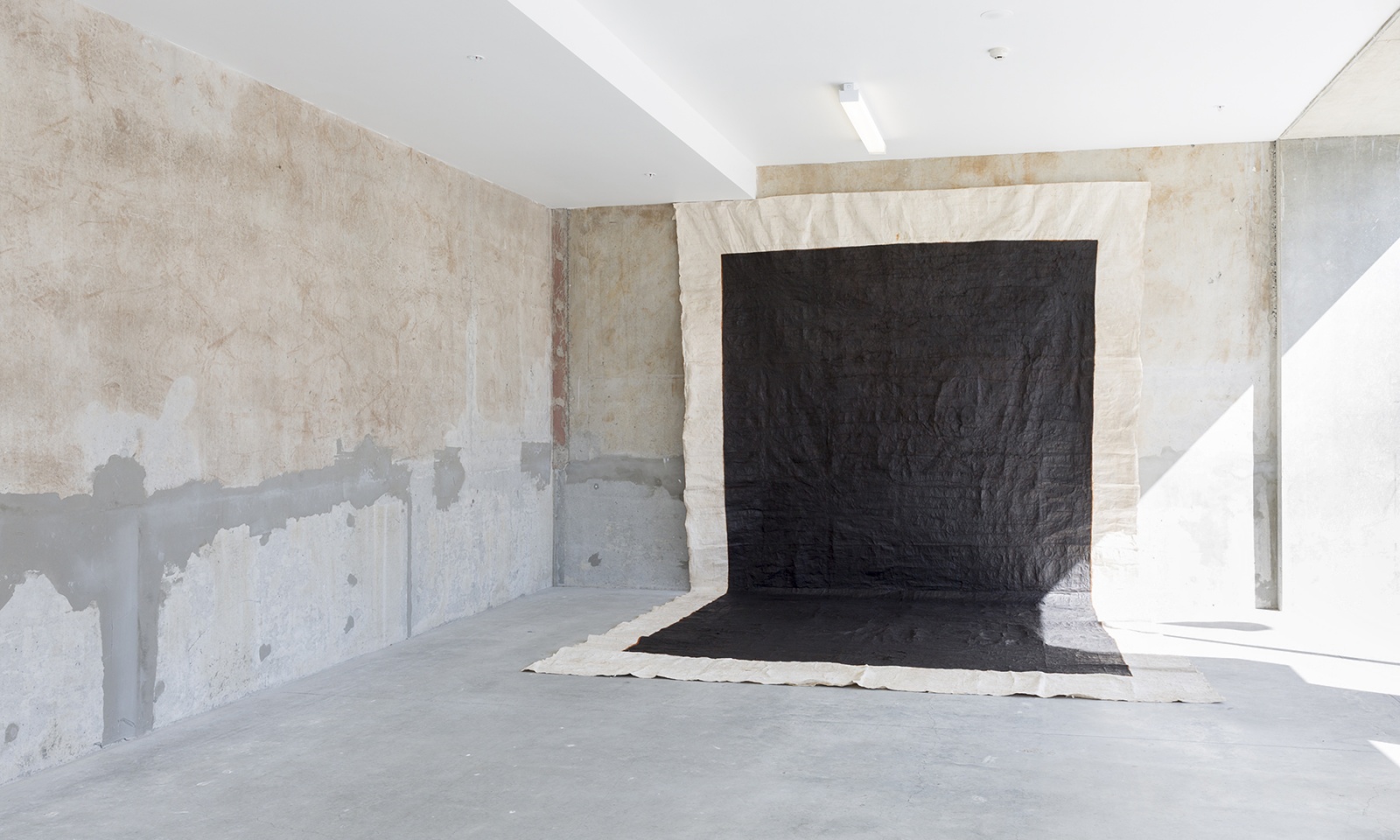Artist Blog
Every week an artist whose single image was published by Der Greif is given a platform in which to blog about contemporary photography.
Landscape as cultural construct.
Feb 24, 2017 - Aaron Claringbold
‘Landscape is already artifice in the moment of it’s beholding, long before it becomes the subject of pictorial representation.’ – (Mitchell 1994, p.14) W.J.T Mitchell (ed.) Landscape and Power.
I thought I would use this space to try and sketch some of the ideas about landscape that I have been considering and developing alongside and within this project. This is intended less as a proscribed understanding than as a way for me to work through these concepts with text, exploring what I think of as landscape and how I consider it to function, particularly within the Australian neo-colonial context.
Landscape has the dual meaning of referring both to the physicality of scenery and the representation of it. That is to say, landscape is always already a representation of the forces that have formed it – geological and anthropomorphic – and the forces that form a view of it – social, political, ideological. Importantly, landscape as a medium, prior to any re-presentation is a naturalising force. More specifically it naturalises it’s own viewing, reducing and linearising the processes of formation, transmission, reception, interpretation and the feedback involved to a single dimension.
Landscape readily becomes indivisible from the forces, actions and events that occur within it and are associatively inscribed upon it. When landscape becomes a genre, approach or theme within a medium of cultural production these layers are further flattened, which is to say that none of this hidden complexity can be easily depicted in any medium (aside from perhaps landscape itself). It is worth noting though, that landscape is always pre-interpreted, that is – made legible through prior vision. I think it becomes very interesting, when making work concerned in some way with landscape, to consider the role of prior readings in shaping how a landscape is understood and how a depiction of landscape is used (keeping in mind that landscape is also a verb). I am interested in making visible, or representing prior readings of landscape as a way of denaturalising the factors and forces that have affected how it is shaped and seen. This approach leads straight to both the politics of landscape and the history of looking.
Within the history of landscape as cultural production an anglocentric, western imperialist worldview has dominated the scholarship, theory and practice of visual culture. This was first presented as the only view, mimicking the naturalisation at play in landscape, and now functions as a somewhat self reflective and self aware, through still persistent dominate force. Within this construct (and perhaps others) we learn to see landscape in relation to our selves – landscape functions or exists as the expression of a relation to land, a connection to place. In settler colonial societies and their metropoles, relation to land and connection to place can be best understood in terms of agency over and within landscape, mediated through physical and ecological change. Within this expansionist context the naturalising (political/ideological) and productive (economic) forces of landscape have and continue to play key roles in the maintenance of social order, primarily through the creation and perpetuation of mythology. This can be observed in places like Australia, New Zealand, Israel and America – where the settler mythology placed into the landscape serves the function of anchoring in place and supporting the psyche and worldview of the occupiers while also diminishing the original inhabitants right to appear providing the political cover for the continued theft of their resources and denial of their rights. In this way, in these places landscape very quickly becomes an overtly political medium.
It follows that photography is not the best, nor the only method of creative and critical engagement with landscape – and of course it has it’s own medium specific issues such as it’s complicity with expansionism, racism and colonisation more broadly – it is how ever one approach. In Australia, as in much of the world, there is a large range of contemporary artists, writers and thinkers tackling the issues and ideas resulting from an enquiry into landscape as framed by settler-colonial societies and cultures across a broad range of often multidisciplinary approaches.
Top gallery features work from American artist Mark Ruwedel from his series’ ‘Pictures of Hell‘ and ‘Westward: The Course of Empire‘.
Middle gallery shows works from Australian based artist James Tylor from his series ‘Karrawirra Yerta‘ and ‘Aotearoa My Hawaiki‘.
The final gallery shows works by Australian based artists Brooke Andrew and Rosemary Laing, and New Zealand based artists Robin White, Ebonie Fifita and Ruha Fifita.
This entry is very much in debt to the writing of Sarah (Sally) Hill on ‘Landscape, Writing and Photography‘ Originally published in Deep South v.2 n.1 (Autumn, 1996).




